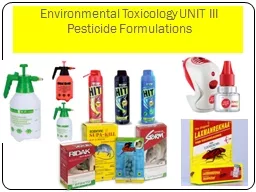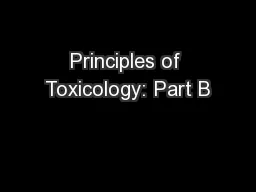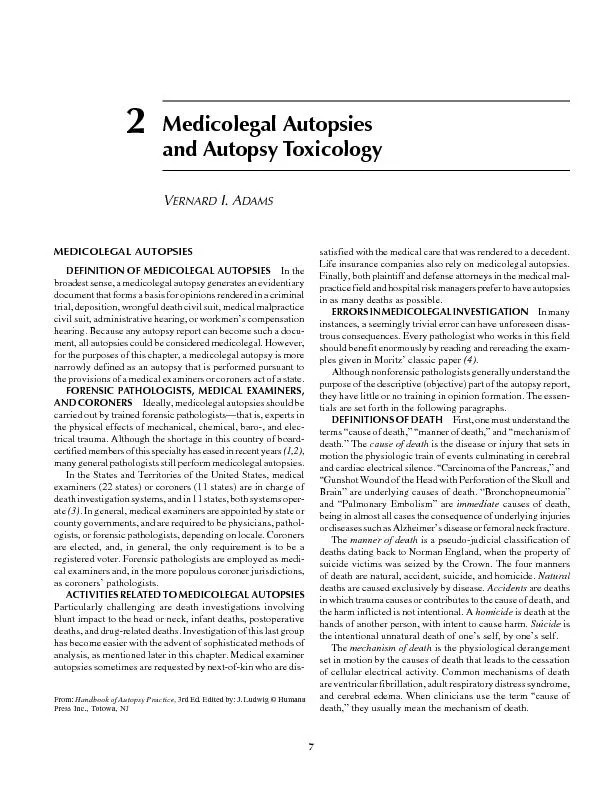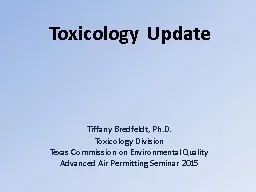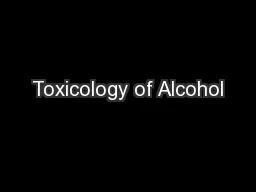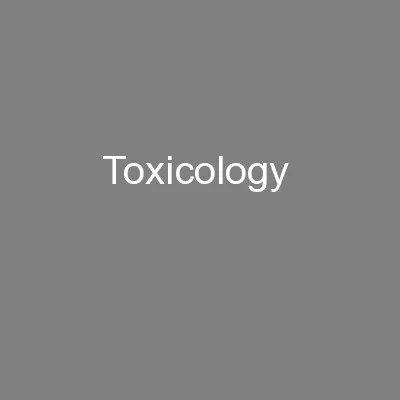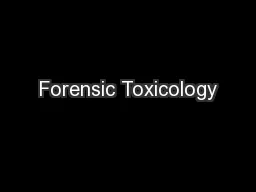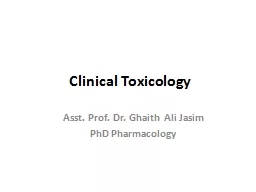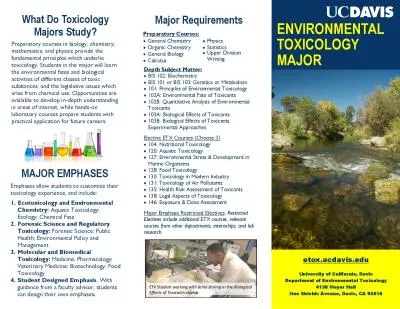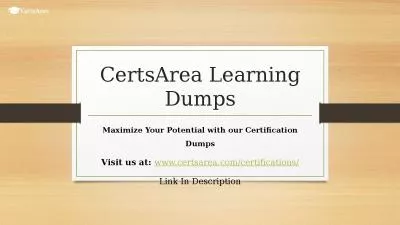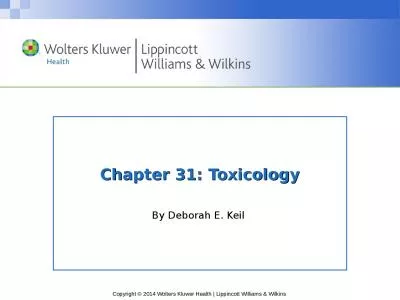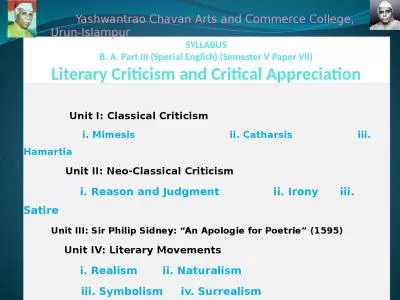PPT-Environmental Toxicology UNIT III
Author : catherine | Published Date : 2022-06-15
Pesticide Formulations CONTENTS What are pesticides Three names of pesticides Important vocabulary Formulation development Pesticide formulation Brand name abbreviations
Presentation Embed Code
Download Presentation
Download Presentation The PPT/PDF document "Environmental Toxicology UNIT III" is the property of its rightful owner. Permission is granted to download and print the materials on this website for personal, non-commercial use only, and to display it on your personal computer provided you do not modify the materials and that you retain all copyright notices contained in the materials. By downloading content from our website, you accept the terms of this agreement.
Environmental Toxicology UNIT III: Transcript
Download Rules Of Document
"Environmental Toxicology UNIT III"The content belongs to its owner. You may download and print it for personal use, without modification, and keep all copyright notices. By downloading, you agree to these terms.
Related Documents

